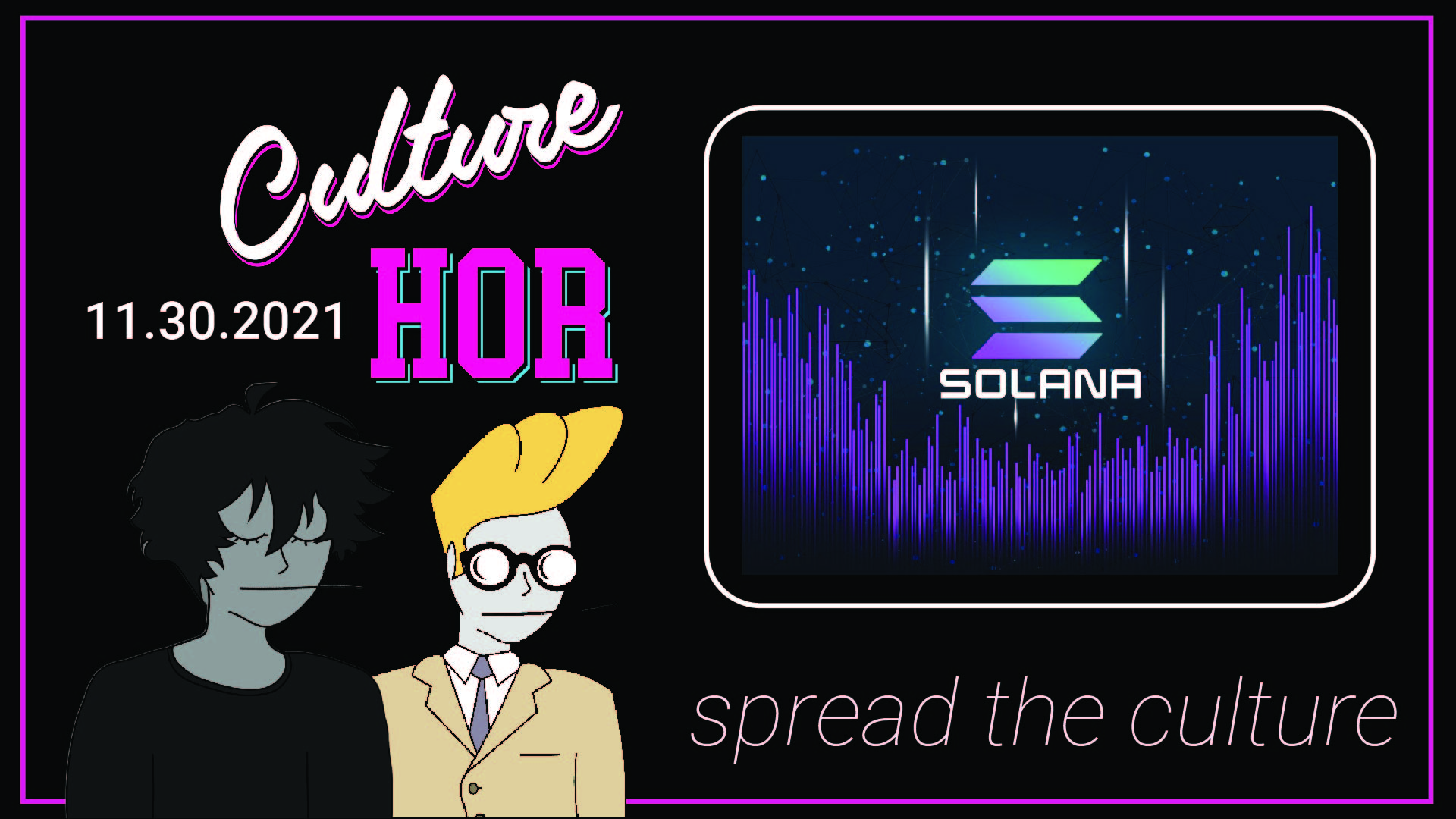The Vernal Equinox is in the rearview, the subsolar point is heading north, and we’re recovering from our Dionysia celebrations, so it’s the perfect time to honor the pantheon. Today, the Mt. Olympus of web3 is everything important on the Internet.
Chad & El Prof
Markets
(Price changes reflect past 24 hours as of 3.24.22 @ 4:20 PM EST.)
- Dip buyers are happy with the spike in federal interest rates, which makes exactly one (percent) of us
- Crypto evangelists may be the goofiest demographic of the decade, but with investors dumping billions into the space and salaries nearing $1M for base level web3 developers alone, degens might want to hold off on becoming post money after all
The thunder thief

For the past year, a token has been out to steal Bitcoin’s thunder, Percy Jackson style. Olympus – or $OHM, which celebrated its one year anniversary yesterday – is a token with its own hero cult, a large sect of degens self-identifying as ‘Ohmies’, signified by an ominous ‘(3,3)’ in their Twitter bios. (A reference to the win-win option in game theory and the idea that not everything in life is a zero sum game. Or so El Prof told me, just in time to shoot down my own conspiracy theory, which may be too contrived to describe even here, so. Probably for the best.)
Despite not being listed on any major crypto exchange, the Olympus coin currently sits at $2B in market cap, making it a top 5 DeFi protocol in terms of value. With an immense APY and 25x growth over the past six months, it has all the markings of a premiere Scorcese-biopic-worthy Ponzi. But at least one former heretic has been converted. Nat Eliason, a prominent web3 intellectual, just dropped a piece in Almanack arguing Olympus could ‘replace Bitcoin’. As far as Big Bads go, it sure beats Kronos.
According to Eliason, Olympus’ immortality stems from its liquidity. In essence, there are two factors influencing a token’s value – its price and its liquidity. Price is determined by demand, the ‘imaginary number going up and up’ we described previously in our post money theory. Liquidity is determined by supply, the actual amount of tangible fiat tied to your tokens. New tokens often have a higher price than their liquidity, leading to Atlas-ish instability – all it takes is a whale to drop out or a few adopters to shrug and both liquidity and price might plummet.
Olympus avoids this by selling both tokens and bonds. You can read the specifics in migraine-inducing depth here, but the gist is, you can put a certain amount of money into the $OHM liquidity pool, then sell your liquidity position back to the OlympusDAO for a bond, worth marginally more in $OHM than it would be if you’d exchanged the fiat for the token directly. So, basically, they’ll pay you to supply them with liquidity, resulting in free tokens for adopters, as well as a far more stable project, of which 99% of the liquidity ($300M) is controlled by the founders.
They’ve also done some fancy, not-quite-felonious accounting footwork with their staking model – allowing them to showcase an insane, >7,000% APY – because more tokens are minted every time someone buys a bond. So, while your token balance might increase by 70 fold over a year, your share of the market cap would stay constant. This creates incentive to stake $OHM rather than sell it, or, should you sell, funnel the gains back into liquidity bonds for more. And, perhaps most notably, they’re now piloting a program called Olympus Pro, allowing any ICO the possibility to piggyback off the bonds model and offer it for their own native token.
That’s a lot of acidic, above-the-shoulders mustard shit, so if I lost you somewhere around ‘Percy Jackson’, I’d suggest checking out Eliason’s article in full, or at least stepping away for a hot sec, following McConaughey’s two keys to success, and returning refreshed for the conclusion. Which is: the ideal, slightly suss DeFi use case is not some generic brand Madoff rip-off tied to clever, culturally-relevant branding. (Like, show some creativity, at least.) When, once in a lifetime, the technology, economy, and consumer interest alchemically align, the true higher order thinkers come together to build a better future, not cheaply rehash the past.
The inverse of the gamified scams we discussed last week, the Ohmies have gamified legitimate financial maneuvering, making it stable, fun, and, most importantly, not a zero sum game. Of course, it could just be a black label, paradigm-shifting Ponzi, a galaxy brain rug just waiting to be pulled. In which case, I’d celebrate it, too, for the critical thought behind it alone. But it seems unlikely. With its current liquidity, the $OHM floor would rest around $30, even if every single hodler pulled out. It’s a long fall from its $800+ price today. It’s also a far cry from magical Internet money with literally no inherent value outside of consumer demand.
Olympus moves with the flame of Western Civilization. Currently, it resides across a bunch of decentralizing servers in cyberspace. So it’s only natural the pantheon would take on Bitcoin next. Gods damn. Fifth grade me just pulled up a blank Open Office document to write a real slapper of a slash fic.
Not pictured: art

Maybe we’ve been sipping too much nectar today with our spotlight on OlympusDAO, a group whose philosophy for the most part aligns with our own, right down to the game theory and God complex. Let us be the Romans to their Greeks, then, here to pillage their technology, values, and entire system of belief, while condemning the one thing that truly defines a culture — their taste.
In addition to making a play for becoming the central bank of crypto and ripping off one of our high-deas verbatim, the Ohmies are, predictably, launching their own NFT marketplace. (A classic triptykhos of disruptive blockchain collectives.) Their stated goal is to create an exchange of NFTs ‘for DeFi natives’ — which, unless I’m mistaken, describes all NFTs. Their strategy sounds pretty redundant, too. The platform will launch on Ethereum with the goal of ‘adding royalties to the DAO’s treasury without sending them to OpenSea.’ A prophetic artistic vision this is not.
They intended to soft launch Olympus Odyssey on March 3rd — or (3,3), because, memes. However, as far as I can glean from the Twitter account, they’re still just rolling out their ‘ecosystem partners’, aka the ‘dozen different [NFT] projects […] propped up by Ohmies’, as referenced in their launch announcement. Unfortunately, the innovation of their DeFi protocol does not extend to what is surely destined to be the Tidal of shill marketplaces, at best. But at least it did give me a truly absurd cash grab to pan today.
MUSHROHMS — hilariously still hosted on OpenSea, for the time being — is the inaugural Odyssey collection, consisting of collectible mushrooms with a Supreme-ly blatant Olympus logo hovering overhead, plus, all the phallic fixation of a Phidias exhibit. I can’t say that the 3D rendering in this artwork isn’t suffienct quality, but if memeability is a key pillar in the burgeoning field of tokenomics, I’m sure they could do better than:

MUSHROHMS are supposed to be the fungi of the gods, growing on the top of Mt. Olympus for the rare, blessed few to harvest and ‘change the consciousness of this world and beyond’. Apparently, the key to enlightenment is eating dick. For some reason, I can’t imagine spreading that particular new age philosophy on Oprah.
The optimists / psychoactive self-medicating spiritualists in us hope that the Olympus Odyssey marketplace eventually reflects the creativity of the DAO’s blockchain protocol, living up to its as-yet-unfulfilled promises of multichain capabilities, or, at least, ‘novel services’. In the meantime, someone needs to get this collection’s lore master some Edith Hamilton, because any mythology enthusiast worth his toga knows the Greek gods’ drug of choice was ambrosia. Which, given OlympusDAO’s unique approach to community-building, just feels like an oversight.
Then again, carrying around giant penis statues was a bonafide Dionysian tradition, so… perhaps MUSHROHMS are on brand, after all.
The Metaverse's 2nd favorite matrix

If nothing else, the Ohmies have accomplished something my distinguished former professor Scott Page could not — making game theory interesting.
As Chad mentioned up top, the omnipresent (3,3) in OlympusDAO devotees’ Twitter bios is not some obscure Nostradamian reference or a neo-fascist dog whistle — although, unfortunately, in 2022, I feel I do have to make that disclaimer. Rather, it is in reference to the game theory matrices illustrating the payouts of taking different actions when faced at a decision with another party. The gist is that (3,3) represents the maximally beneficial outcome, which degens understandably love to shove in the face of disgraced web2 zero sum gamers. (See SuperPumped: The Battle for Uber for a suitably cringe example.)
For a long time, the tech industry status quo has been to do business at the expense of both competitors and customers. Web3 promises a disintermediation on the gatekeepers of capital, whether that be in the form of information or fiat. And, in this decentralized environment, zero sum thinking just can’t compete with the speed of decentralized contribution facilitated by DAOs. Or so, at least, the MUSHROHMS hodlers claim.
Now, I am a self-proclaimed skeptic of most DAOs. In my experience, too many admins in the chatroom, so to speak, is a good way to talk a lot of shit and get nothing done. There is a clear need for accountability, structure, and direction for any organization. It’s why they’re called organizations. Ventures looking to achieve product market fit with their given audience face a juggling act of keeping the scope of a project small and manageable, while also being flexible and nimble enough to pivot towards revenue. Sustainable revenue is derived from functional utility and clear value proposition communication. A bunch of pseudonymous talking heads are great at many things — propagating memes, pissing contests via expensive PNG proxy, etc. — but communicating clearly and being functional are not among them.
Nonetheless, those doubts aside, OlympusDAO has (publicly) pioneered the first example of how a DAO of DAOs can operate, delegating the responsibility of domain expertise and execution to sub DAOs, while the core treasury behind the central DAO supports it all. (3,3) for me represents the fact that, when end users own the digital infrastructure, they reclaim ownership over their digital identity. Which, in an ideal world, gives us all the advantages of web2 tech, with none of the abuse. Truly, a maximizing position.
The architect of our current WW3 response is dead. A world leader seems intent on pushing the big red button for the hell of it. No one with power seems to know what to do about it, and no one without it seems able to muster a goddamn for more than the length of a TikTok video. A restoration of faith in democratic processes is refreshing to me. And, if our global slip back toward authoritarianism can be blamed on the rise of the ‘me’ generation, then maybe, with the rise of ‘i’ generation, we’ll see individualism rewarded within the collaborative setting of web3, and a hard refresh on democratic processes, supported by decentralized technologies.
Or maybe we’re a crater tomorrow. Who knows? Either way, a little psilocybin all of a sudden sounds a hell of a lot better to me.
SLOPPY SECONDS
- If NFTs are the collectible trading cards of the 2020s, collectible trading cards were the NFTs of the 1990s
- Can the media stop crypto? The answer… is exactly what you’d expect



